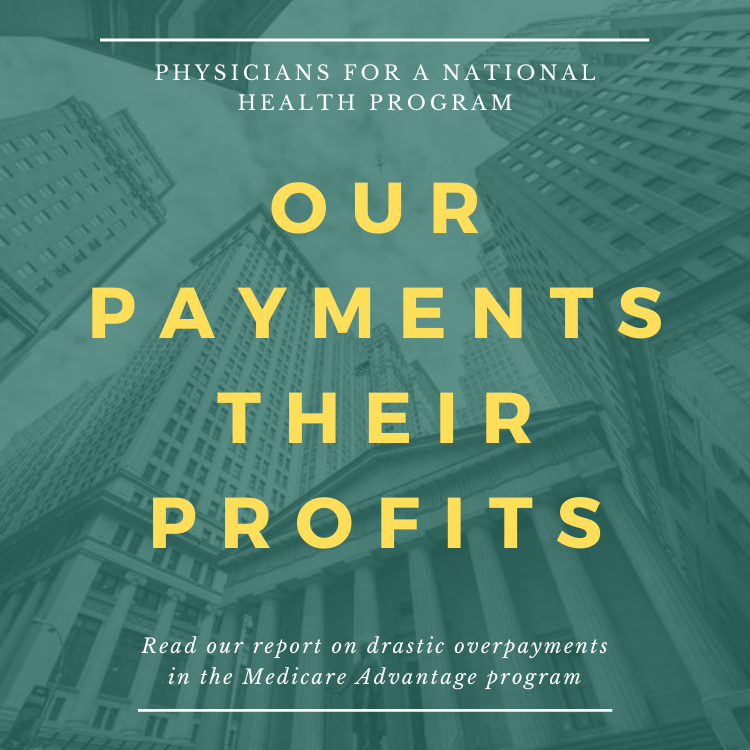By Carmen DeNavas-Walt, Bernadette D. Proctor, Jessica C. Smith
United States Census Bureau, September 2012
Health Insurance Coverage – 2011
48.6 million or 15.7% – people without health insurance
• 7.0 million – children under 18 uninsured
193.7 million or 63.9% – people covered by private health insurance
• 170.1 million or 55.1% – people covered by employment-based insurance
99.5 million or 32.2% – people covered by government health insurance
• 50.8 million or 16.5% – people covered by Medicaid
• 46.9 million or 15.2% – people covered by Medicare
Poverty
9.5 million or 11.8% – families living in poverty
• 31.2% – families with a female householder living in poverty
Income Inequality
Income inequality also increased between 2010 and 2011 when measured by shares of aggregate household income received by quintiles. The aggregate share of income declined for the middle and fourth quintiles. The share of aggregate income increased 1.6 percent for the highest quintile and within the highest quintile, the share of aggregate income for the top 5 percent increased 4.9 percent. The changes in the shares of aggregate income for the lowest two quintiles were not statistically significant.
http://www.census.gov/prod/2012pubs/p60-243.pdf
Comment:
By Don McCanne, MD
The numbers of uninsured decreased from 50.0 million in 2010 to 48.6 million in 2011. That might be good news for the net 1.4 million newly insured, but it is terrible news for the 48.6 million who remain without health insurance.
These numbers, of course, are transitional since new private coverage through the state insurance exchanges and the greater expansion of coverage under Medicaid will not take place until 2014. Even then, the new coverage will be either with private underinsurance plans (low actuarial value and inadequate subsidies) or with the chronically underfunded Medicaid program, with even greater impairment of health care access likely. Worse, 30 million will still have no coverage at all (CBO).
Perhaps even more shocking is that 31.2% of families with a female householder live in poverty – right here in the United States!
And income inequality? The aggregate share of household income has decreased for the middle and fourth quintiles. The middle class is being wiped out!
Of course we knew all this. So why aren’t we doing something about it? Howling in the wind doesn’t seem to be getting us very far.
